Is it Better to Mop Tile with Cold or Hot Water?
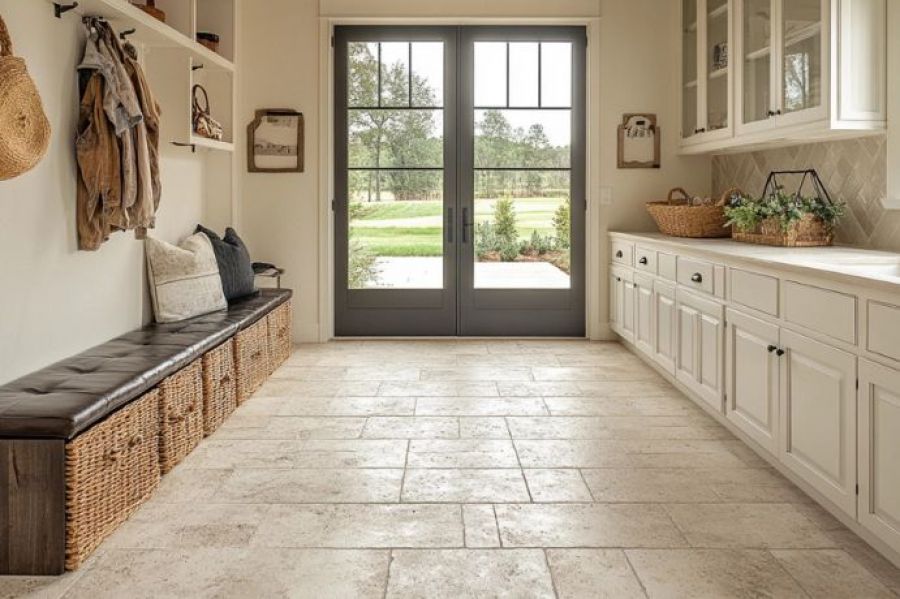
Table of Contents
ToggleWhen it comes to tile and grout cleaning, hot water is often the best choice for mopping tile floors due to its ability to loosen grime, kill bacteria, and break down residue. However, the water temperature that’s right for your floor depends on the tile type, frequency of cleaning, and specific cleaning goals. While cold water can work for light, regular maintenance, using hot water is often preferred for a deep, effective clean that leaves tile and grout looking fresh and polished.
The Best Way to Clean Tile and Grout Surfaces
Tile and grout cleaning is a crucial part of maintaining a home’s cleanliness and ensuring the durability of its flooring. Here’s what you need to know about using hot or cold water for mopping tiles, and how other cleaning methods can keep your floors in tip-top shape.
The Effectiveness of Hot Water for Tile and Grout Cleaning
Hot water is highly effective for cleaning tile and grout due to several factors:
- Dissolves Dirt and Grease: The high temperature helps break down sticky substances like cooking grease and other oily residues that are common on kitchen tile floors.
- Disinfects Surfaces: Hot water naturally sanitizes surfaces by killing bacteria and germs, making it ideal for tile and grout in high-traffic or moisture-prone areas like bathrooms and kitchens.
- Enhanced Results with Detergents: When paired with tile-safe detergents, hot water’s cleaning power is magnified, cutting through tougher stains and residues that may have accumulated on tiles and grout over time.
For best results, combine hot water with a gentle, pH-neutral detergent. Avoid using overly harsh chemicals, as they can damage grout and diminish the natural shine of the tile surface.
The Benefits of Cold Water for Routine Tile Maintenance
Cold water can be beneficial in situations where a lighter clean is needed:
- Daily or Routine Cleaning: Cold water is suitable for everyday tile and grout cleaning to handle dust and minor spills.
- Protects Natural Stone Tiles: For more delicate tiles, such as marble, travertine, or limestone, cold water is generally safer. Hot water can wear down the finish on these materials, causing discoloration or dullness over time.
- Easier on Grout Seals: Cold water can help preserve grout sealing treatments, ensuring a more extended period between resealing applications.
Using cold water regularly can keep dirt from settling into tile and grout, but it may not provide the depth of cleaning required to remove bacteria or heavy buildup.
A Step-by-Step Guide to Effective Tile and Grout Cleaning
Here are some actionable steps for effective tile and grout cleaning:
- Sweep or Vacuum First
Before mopping, it’s helpful to sweep or vacuum the area to remove dust, dirt, and debris. This reduces the risk of scratching your tile floors during mopping and ensures the mop glides smoothly over the surface. By removing loose particles first, you also prevent dirt from being pushed into grout lines, which can be challenging to clean later.
- Mop with Hot or Cold Water Based on Tile Type
For ceramic or porcelain tile floors, mopping with hot water and a mild cleaning solution is effective and safe. However, for delicate natural stone tiles, use cold or lukewarm water with a pH-balanced cleaner to maintain the tile’s finish and color. Choosing the right water temperature ensures you’re cleaning effectively without risking damage to your tiles over time.
- Use a pH-Neutral Cleaner for Best Results
Opt for a cleaner that is designed specifically for tile and grout cleaning. pH-neutral cleaners are ideal for all tile types, as they avoid the risk of eroding grout or dulling tiles. Always follow the instructions on the cleaner’s label to avoid overuse.
- Avoid Standing Water on Grout Lines
Grout is porous and can absorb water if left standing for too long. After mopping, use a clean towel or cloth to dry grout lines to prevent moisture buildup that could lead to mold or mildew growth. Drying grout quickly also minimizes the risk of discoloration and prolongs its lifespan.
- Rinse and Repeat
Regular mopping with clean water helps prevent soap or cleaner residue from building up. If you’ve used a detergent, rinse the mop thoroughly before going over the floor a second time with clean water to remove any remaining product. This final rinse leaves your tile looking polished and prevents any dulling from leftover cleaner residue.
Using Proper Tools and Techniques for Tile and Grout Cleaning
Proper tile and grout cleaning requires not only the right water temperature but also suitable tools and techniques. UpFront Home Services recommends using high-quality microfiber or sponge mops for a streak-free finish and to prevent scratching. Here’s a breakdown of some commonly used tools and techniques:
- Microfiber Mop Heads: These are soft, non-abrasive, and ideal for tile floors, as they don’t leave streaks or scratches. Plus, they’re highly absorbent, reducing the amount of water left on grout.
- Steam Cleaners: Steam cleaning is a powerful method for cleaning tiles without chemicals, using only hot steam to sanitize the surface. This can be especially beneficial for homes with pets or small children.
- Grout Cleaning Brushes: A small brush with firm bristles is perfect for scrubbing grout lines and removing dirt buildup in hard-to-reach areas.
Why Professional Tile and Grout Cleaning Matters
While regular mopping and maintenance can keep tiles looking shiny, professional tile and grout cleaning from a company like UpFront Home Services can provide a deeper, more thorough clean. Here’s why investing in professional cleaning services benefits your flooring:
- Enhanced Cleaning Power: Professionals use high-grade equipment that penetrates deep into grout, lifting out dirt that regular mopping may miss.
- Tile and Grout Restoration: Professional services include specialized treatments to restore grout color, remove stains, and protect tiles.
- Increased Longevity: With regular professional care, your tiles and grout will have a longer lifespan and stay looking fresh and clean.
Final Thoughts
Choosing between hot or cold water for mopping tile floors depends on what your goals are for tile and grout cleaning. Hot water provides a deep, bacteria-fighting clean, while cold water is gentler for regular upkeep, particularly on delicate tile types.
For a truly comprehensive clean, UpFront Home Services offers professional tile and grout cleaning that ensures long-lasting results.
Frequently Asked Questions
Does hot water damage grout?
According to UpFront Home Services, hot water won’t damage grout when used with mild detergents, but excessive scrubbing or harsh chemicals might erode grout over time.
Can I use steam to clean tile floors?
Yes, steam is safe for many tile types and is highly effective for grout cleaning. However, check with the tile manufacturer, especially for natural stone tiles. Contact us to learn more about how you can use clean tile floors the most efficiently.
Why should I consider a professional tile and grout cleaning service?
Professional tile and grout cleaning services go beyond standard mopping by using high-powered equipment and specialized cleaning solutions that penetrate deeply into grout lines, removing embedded dirt and stains that regular cleaning can’t reach. Professional cleaning can be particularly valuable for high-traffic areas, where grout is prone to discoloration and tile can lose its shine.
Other Blogs You May Be Interested In
Categories

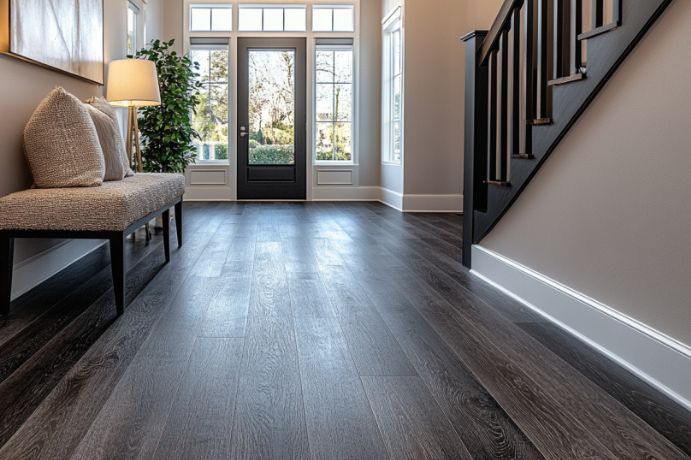





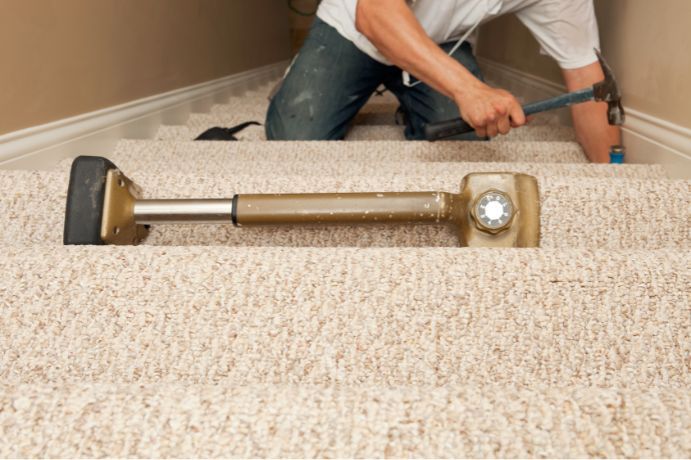
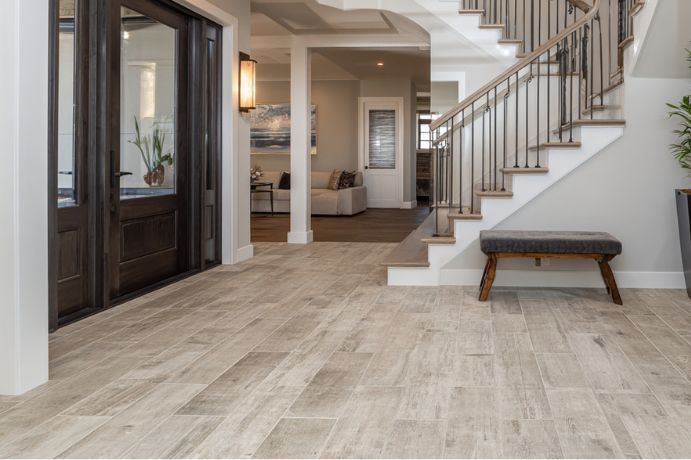


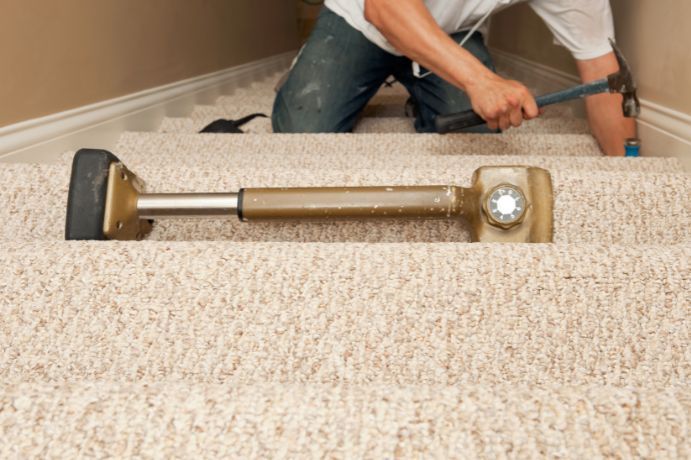

Leave a Reply